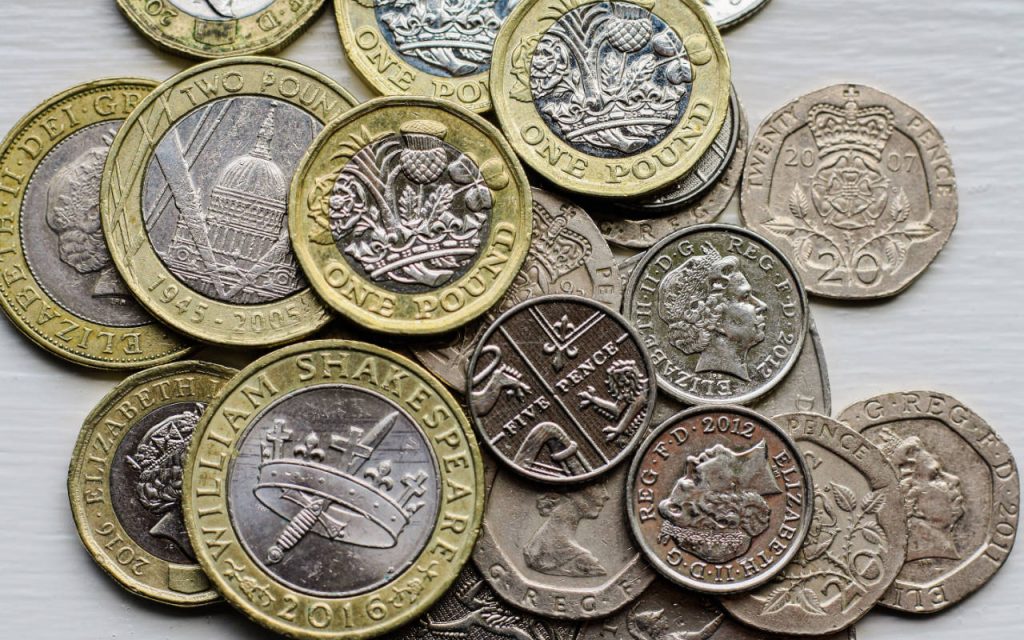Through most of 2022, the UK’s leadership was a bit strange, to say the least. Three different prime ministers, some huge financial risks – and a post-mini budget economic fallout that left some people wondering how they’d continue to make a living. Talks of a recession were already in the air, but now, after lacklustre performance during the Christmas period, it looks certain that the UK is set for recession in 2023.
When recession hits, everyday consumers feel the pinch the most. This means they have less disposable income, and are much more frugal with their purchases. Every penny counts; so people tend to switch to cheaper alternatives at the supermarket, forgo their summer holidays, cancel their subscription services, and generally cut back on even the most essential purchases.
For companies who make and move goods, this can be worrying. Staffing costs are usually a business’s biggest concern, and nobody wants to shrink their workforce during tough times. But there’s also an opportunity to make all aspects of the business leaner, without cutting workers – and instead, using them as a resource to achieve tighter efficiency.
One such opportunity is in packaging costs. In this post, we’ll set out some ideas for how to reduce packaging costs in a recession, and beyond.

First, understand your true packaging costs
To figure out where you’re going, you’ve first got to figure out where you are – as true in life as it is when you want to know how to reduce packaging costs. To understand your current usage, you need to get some data on your packaging.
Here’s a guide on how to get data on your packaging usage – which is intended as a compliance measure. It involves tracking all of your packaging use by type (paper, plastic, card, glass etc.). By doing so, you’ll have a clear handle on what your outgoings are for each type of packaging, and this will form the base of your next move…
Next, eliminate waste
This seems obvious – but it can take quite a while to truly come into play, especially when you have a lot of packaging stock, and a finely-tuned automated process at work. Once it’s set up though, the savings begin to rack up, and you’ll have a streamlined packaging system for the future.
Use right-sized packaging
Think about whether your current packaging is the best fit for each product – literally!
If you’re currently using one size of polythene bag, one box size, and then stuffing everything with void fillers – then maybe it’s time to get something a little more tailored.
One-size-fits-all packaging is tempting, because you have one easy to understand cost, and it’s usually lower for buying in bulk. But it is woefully inefficient, and over time, that initial bulk saving becomes meaningless. Needlessly big outer packaging can even increase the likelihood of product damage and returns. More logistics spending, greater wastage – tighter margins.
Right-sized packaging is exactly what it says on the tin; a great fit for any given product’s shape and dimensions. This has a ton of benefits;
- Less void fill
- Optimal protection with minimal material
- Reduced gross weight
- Smaller final product footprint
- Lower shipping and logistics cost
- Reduced carbon impact
But benefit number one to your business is that you’ll be saving money on your packaging.
All-in-one solutions
Hang on – didn’t we just say that one-size-fits-all packaging is a bad idea?!
Well, yes… But your packaging can still be right-sized and all-in-one!
What we’re really talking about is greater efficiency, which long-term equals lower costs. For example, what if you could consolidate all of your packaging into a single item? If your product is suited to it, you could use an outer polythene bag, with just the right amount of thickness for protection. This bag can be made with coloured polythene, matched to your branding. It can be printed with your logo, usage instructions and any safety information – completely eliminating the need for additional paper or labels.
Read more – Printed Polythene
Examples include printed gusseted polythene bags, which can stand alone and are easy to pack together tightly.
Reduce the impact of PPT with recycled polythene blends
Businesses that use plastic packaging (including in the supply chain) are now subject to the Plastic Packaging Tax (PPT). This tax can be avoided by using 30% recycled material in your packaging materials – but this has to be considered on a case-by-case basis. Some items, like food and medical equipment, call for virgin material only.
Read more – How To (Legally!) Avoid The Plastic Packaging Tax
NPF Packaging – your partner in packaging
Another important part of reducing your packaging costs is choosing a partnership with your packaging suppliers, and forging an ongoing relationship. When your packaging supplier understands your business closely, they can help you adapt more rapidly to a changing world.
NPF Packaging will work with you to create a lean, high-performance packaging solution. Get a quote now, or call us on 01773 820415 to start designing your packaging.


